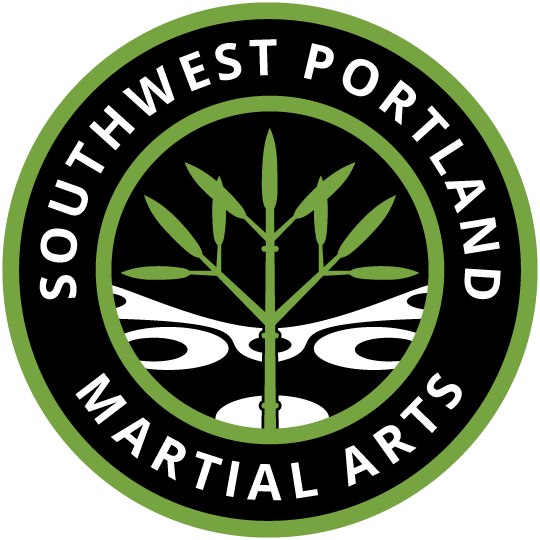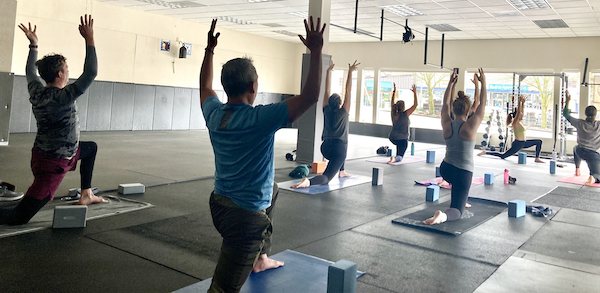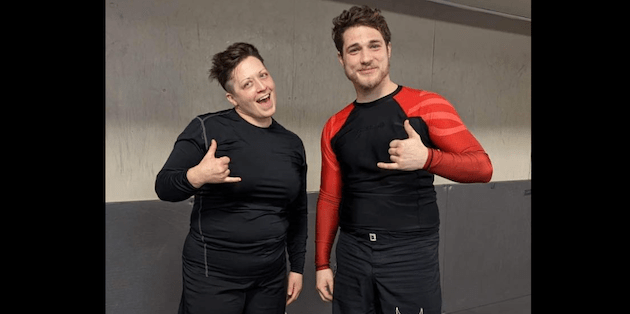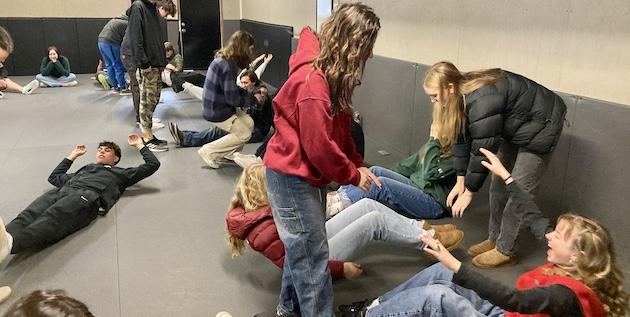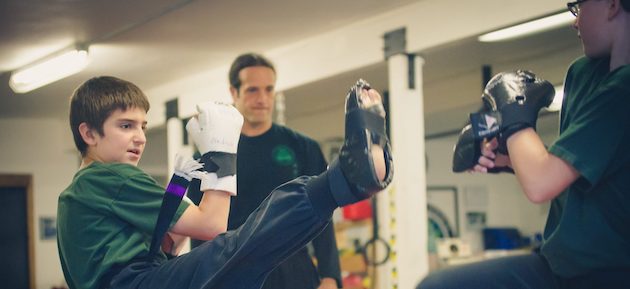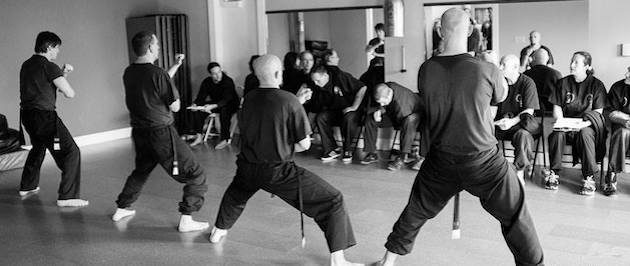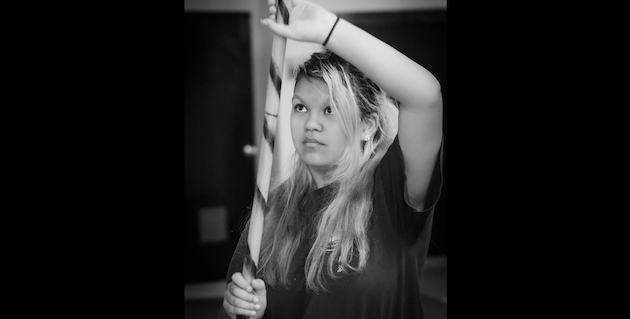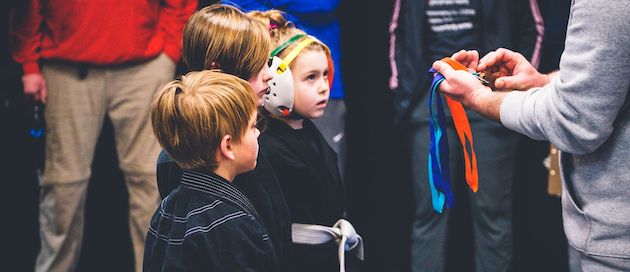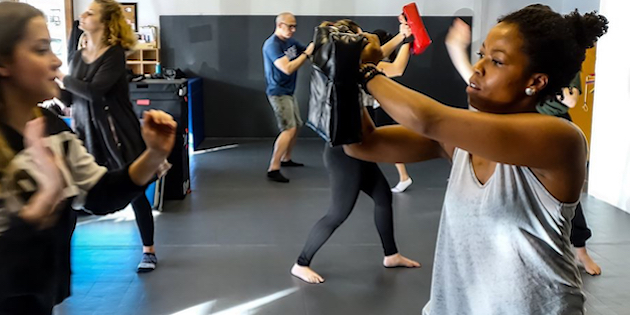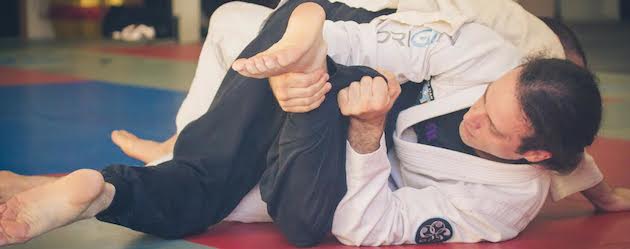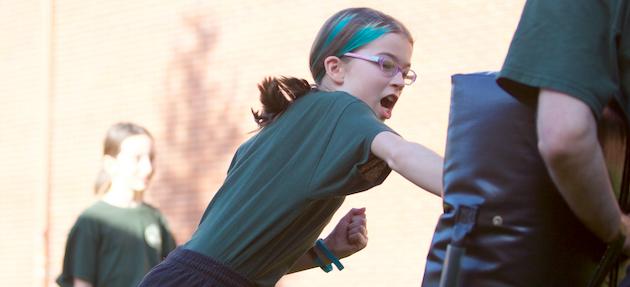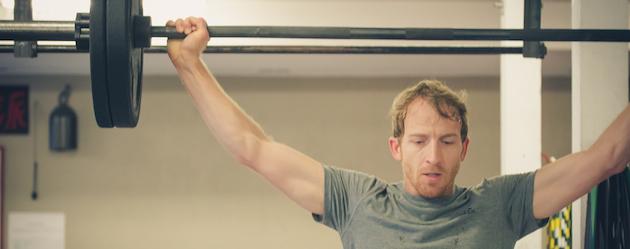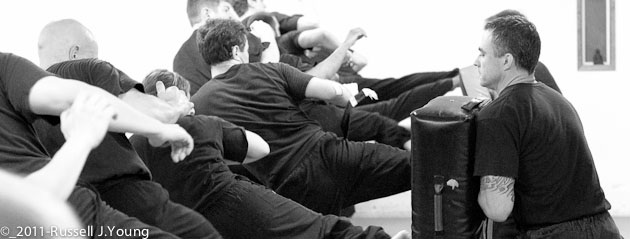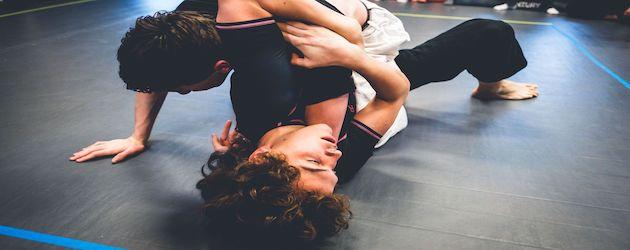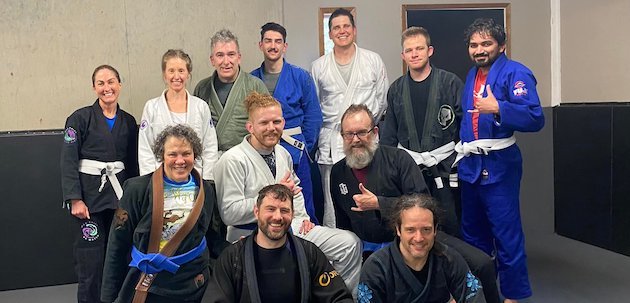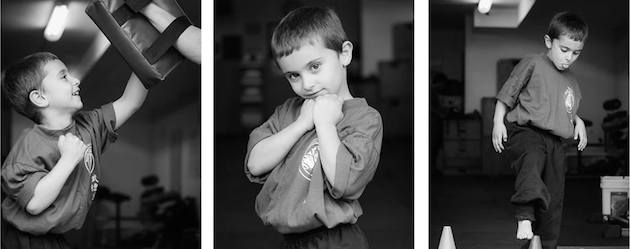 Do you have lots of excuses that help you not train?
Do you have lots of excuses that help you not train?
Is one of them finances? Well, we can deal with that one. Pay us $100 and you get unlimited access to our classes (yoga, martial arts, CrossFit, kids 8+) from now through August 31st.
How is this possible? Won’t we lose money? Is this some sort of trick?
Don’t worry about possibilities, the reality is here. No, we won’t lose money. No, it’s not a trick. You don’t have to sign a contract or anything like that. If you train all the way through August 31st and don’t want to sign up, that’s 100% fine.
The two rules: 1) You can’t have been a member in the past, or done any of our previous specials. Why? Because the point (for us) is to get new people in the door. 2) You can’t use it for kids ages 0-7. Why? Because we’re full up in those programs.
Spots are limited. Go here to sign up.
SW Portland Martial Arts Blog
Summer 2025 $100 Special
May 30th, 2025Resilience
May 24th, 2025One of the purposes of any physical training regimen should be to build resilience. Why? Because if this stuff isn’t making you more functional and adaptable to the problems you face in real life, what’s the point?
 This may, in fact, not be a goal for everyone – I’ll admit that. Some folks exercise to look good, to lose weight, to hang out with that person they have the hots for. Those are all perfect reasons.
This may, in fact, not be a goal for everyone – I’ll admit that. Some folks exercise to look good, to lose weight, to hang out with that person they have the hots for. Those are all perfect reasons.
Let me try again… At our gym, we believe that all the programs we offer will help build resilience. What makes us think that? Because that’s what we’ve personally experienced and that’s what our gym members tell us they have experienced.
One example – this week a truck drove through our window. I won’t bog you down with the details (though it was 100% an accident and no one was hurt) but I will brag about how awesome and responsive everyone was. Everyone stayed calm. We got the window boarded up that night by some awesome neighbors. The CrossFitters helped pick up all the glass. Casa Colima let us use their dumpster.
It was amazing. That is to say, I wouldn’t want it to happen again, but I was super proud of how well we all responded.
To resilience and a lifetime of training!
Leglocks!
May 3rd, 2025 It’s another month of leg locks and hey, let’s start with a helpful graphic of the 6 basic positions involved. Why 6? Well, because you’ve got to start somewhere. There are definitely more, of course, but let’s not go diving into the deep end just yet.
It’s another month of leg locks and hey, let’s start with a helpful graphic of the 6 basic positions involved. Why 6? Well, because you’ve got to start somewhere. There are definitely more, of course, but let’s not go diving into the deep end just yet.
If you’re intimidated by learning 6 new positions in a month, learn less. Better to learn one of them well than 6 of them badly. If this is your second or third time around diving into leglocks, good – see if you can walk away with a little more depth.
Oh, and if you’re wondering where I got this idea from… it’s from this video.
Spring Special
March 28th, 2025 Got a kid age 6-12 who is itching to try martial arts? Sign up now for only $30 and get unlimited training through 4/30.
Got a kid age 6-12 who is itching to try martial arts? Sign up now for only $30 and get unlimited training through 4/30.
That’s $130 off our normal monthly rate. In addition, should you choose to sign up after this amazing deal, we’ll give you 50% off your first month’s regular dues.
Deals, deals, deals!
Go to our kids intro page to sign up.
All Together Now
March 22nd, 2025Some folks may balk at all the different things that we offer as a gym. That’s fine. There is room for specialized gyms out there. We prefer the generalized model, doing a little bit of everything.
What does that look like? Well, hopefully the video tells the tale.
